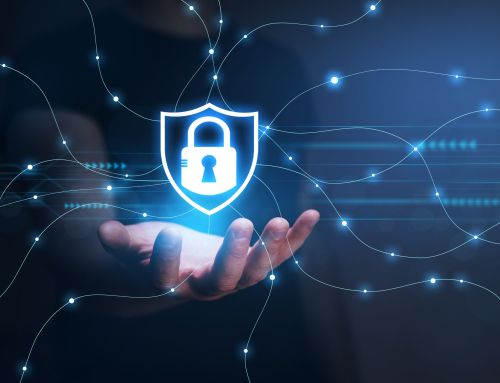Your 10-Step Guide to Preventing Ransomware Attacks
Ransomware attacks can do a lot of damage to businesses.
Once ransomware has been allowed to infect your computer, it begins the process of holding your data hostage. A ransom is then demanded by the cybercriminal in exchange for your data.
Unfortunately, even if you pay the ransom, the hacker may not remove the encryption they have placed onto your system and you may not receive all of your data back.
On top of that, with your system infected, your business will likely suffer from not only the inability to access your needed data, but also from the fallout over your customer’s data being in the hacker’s possession.
The best way to keep these negative things from affecting your business is to prevent the ransomware attack from happening in the first place.
So, how can you protect yourself?
- Be careful which links you click, especially if those links are in emails or are on unfamiliar websites. Clicking unfamiliar links could potentially download maliciously infected files onto your computer system and/or network.
- Avoid opening email attachments if you’re not expecting to receive the attachment. Even if you believe you know the sender, if you are not expecting to receive an attachment from them, do not open it. The sender’s system may be compromised. It’s best to call the sender to verify the validity of the attachment prior to opening it. It’s also important to not open attachments that ask you to enable macros in order to view them, as enabling malicious macros will allow them to take control over your computer.
- Do not download software or other media files from websites you’re unfamiliar with. Use only verified and trusted sites for downloading content.
- Do not give out personal data. Phishing calls and emails involve a criminal contacting you and pretending to be a representative from an institution that you’re familiar with, typically a government agency or client. By giving out personal information, cybercriminals are better able to target your business and make their trap look more convincingly realistic.
- Always use a mail server that scans and filters spam emails. A good spam filter will keep emails that are suspected of potentially containing malware-infected attachments and/or links safely tucked into your email spam folder, where they can be disposed of without you ever having to open them.
- Do not use unfamiliar USBs. Unless you know and trust the owner of the USB device, do you insert the USB into your device. Unknown USB devices may contain harmful malware.
- Keep your operating system and any software that you use updated. Updating your OS and application software will allow for any security patches programmed into the software to be added to your system to help protect against attacks orchestrated by cybercriminals.
- Have at least one anti-malware software running on your computer system at all times.
- Make sure to keep your anti-malware software up to date. In order for the anti-malware to keep your system fully protected, it’s important to allow for any security patches and added protections to be applied to your system.
- Backup your data. Just in case your computer becomes compromised, you can avoid dealing with the hackers altogether. Since you have your data backed up to a secure location, you can wipe your infected computer, and then reinstall your data from the backup.
As always, if we can be of help with your network or computer, give us a call here at RHYNO Networks. (855) 749-6648






